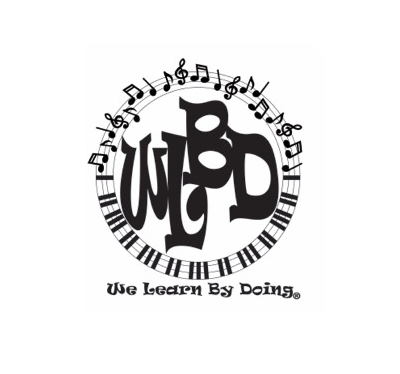Math Games for Children Under 5
A few examples of fun educational math games for children under 5:
Ball Arithmetic-Using fingers to add and count like 2 + 1 = 3 and then the answer is given by bouncing the ball for the answer.
It Adds Up-By having a starting line for 2 children, the teacher shows a math flash card like 3+1, the children race to the other side of the room to write the answer on the white board or chalk board. The first correct answer wins.
Shapes Around the Room-The teacher selects a child to find a shape in the room like find something that has a square or a circle.
Bean Bag Math-Using flash cards to add or subtract, the child answers by using a bean bag to give the answer by dropping the bean bag on the correct number on the floor.
Measurement Activities-have children line-up left to right according to their height or according to the first letter of their names or with their birthdays or with their shoe size. The fun list goes on and on.
Remember, with infants and toddlers, it is important to create trusting relationships that allow children to be ready and willing to explore. Supporting math development looks different to them. Be ready to join in on their curiosity and notice their interests, encourage exploration, and create play opportunities to highlight math concepts.
...
